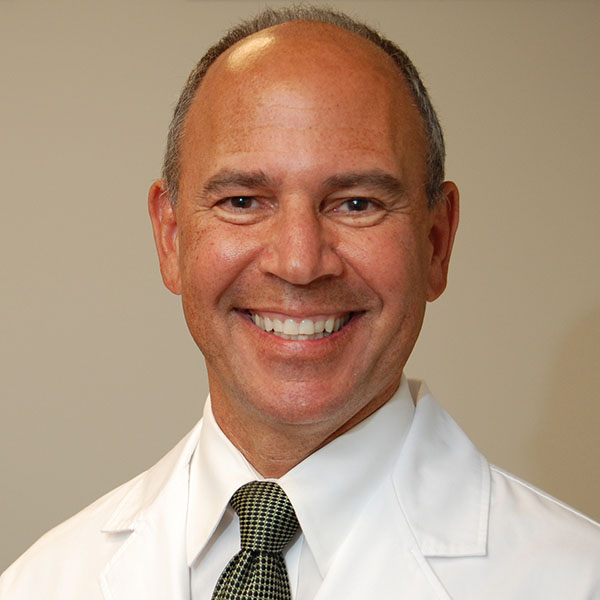
Trauma can register within our bodies on a cellular level. What that means to an individual — and how best to heal from serious traumas encountered in life — is the focus of a newer form of mental health counseling known as somatic therapy.
The resounding success of The Body Keeps the Score — a fixture on the New York Times bestseller list for more than four years running — testifies to mounting public awareness that trauma affects people deeply. Thus far, though, somatic therapy hasn’t caught up to cognitive behavioral therapy (CBT) and related techniques in understanding, use, or research proving its worth, a Harvard expert says.
What is somatic therapy?
Most people likely haven’t heard of somatic therapy, says Amanda Baker, director of the Center for Anxiety and Traumatic Stress Disorders and a clinical psychologist in the department of psychiatry at Massachusetts General Hospital. Unlike other mind-body approaches such as mindfulness meditation, mind-body stress reduction (MBSR), and mindfulness and self-compassion (MSC) — which are steadily growing in use — somatic therapy hasn’t hit the mainstream.
What’s the fundamental concept? “It’s a treatment focusing on the body and how emotions appear within the body,” Baker explains. “Somatic therapies posit that our body holds and expresses experiences and emotions, and traumatic events or unresolved emotional issues can become ‘trapped’ inside.”
Who might benefit from somatic therapy?
Since disturbing feelings often show up in the body in debilitating ways, somatic therapy aims to drain those emotions of their power, relieving pain and other manifestations of stress, such as disrupted sleep or an inability to concentrate.
These types of emotions can stem from a variety of conditions and circumstances that somatic therapy may potentially help alleviate. They include
- post-traumatic stress disorder (PTSD)
- complicated grief
- depression
- anxiety
- trust and intimacy issues
- self-esteem problems.
“Anxiety can lead to muscle tension, particularly in the neck, shoulders, jaw, and back,” Baker says. “It can cause a lot of discomfort, pain, stiffness, and trouble with daily activities. If we’re experiencing chronic anxiety or distress, it’s almost like we have our foot on a gas pedal. It’s not a panic attack, but we’re never feeling a reprieve and there’s a constant wear and tear on the body.”
How does somatic therapy differ from talk therapies?
Typical talk therapies such as CBT engage only the mind, not the body, encouraging people to become aware of disturbing thoughts and behavior patterns and work to change them.
But in somatic therapy, the body is the starting point to achieve healing. This form of therapy cultivates an awareness of bodily sensations, and teaches people to feel safe in their bodies while exploring thoughts, emotions, and memories.
“Cognitive behavioral therapies focus on conscious thought and work on challenging thoughts in relation to anxiety and behaviors, helping desensitize people to uncomfortable sensations,” Baker says. “But somatic therapy is more about relieving the tension, as opposed to desensitizing people to it.”
Even mindfulness meditation, which some experts consider somatic in nature, differs in one key way from somatic therapy, Baker says. “Mindfulness meditation lets any feeling or emotion come into our minds without judgment, as opposed to homing in specifically on bodily sensations that are happening,” she says.
How is somatic therapy carried out?
A somatic therapist helps people release damaging, pent-up emotions in their body by using various mind-body techniques. These can vary widely, ranging from acupressure and hypnosis to breathwork and dance.
Other techniques are just as integral but aren’t household terms. Some on this list include:
- body awareness, which helps people recognize tension spots in the body as well as conjure calming thoughts
- pendulation, which guides people from a relaxed state to emotions similar to their traumatic experiences and then back to a relaxed state
- titration, which guides people through a traumatic memory while noting any accompanying physical sensations and addressing them in real time
- resourcing, which helps people recall resources in their lives that promote feelings of calm and safety, such as special people and places.
What to know if you’re considering somatic therapy
Scant scientific research has focused on somatic therapy and its benefits, Baker notes. That’s one reason why she always recommends cognitive behavioral therapy, which has proven benefits, as at least a starting point.
“Anecdotally, I’ve heard people do find tremendous benefit from somatic therapy, but it doesn’t have the same research backing yet as CBT and some other forms of therapy,” she says.
Health insurance may be more likely to cover somatic therapy, she says, when a person is dealing with extreme symptoms of mental trauma, such as seizures. Otherwise, insurers are more apt to cover established therapies such as CBT.
Additionally, finding an experienced somatic therapist can be challenging. “I think fewer folks are going to be trained in somatic therapies than CBT, so finding an experienced practitioner is definitely a tricky process,” Baker says. One useful resource is the US Association for Body Psychotherapy, which offers a Find a Therapist search tool online.
About the Author

Maureen Salamon, Executive Editor, Harvard Women's Health Watch
Maureen Salamon is executive editor of Harvard Women’s Health Watch. She began her career as a newspaper reporter and later covered health and medicine for a wide variety of websites, magazines, and hospitals. Her work has … See Full Bio View all posts by Maureen Salamon
About the Reviewer
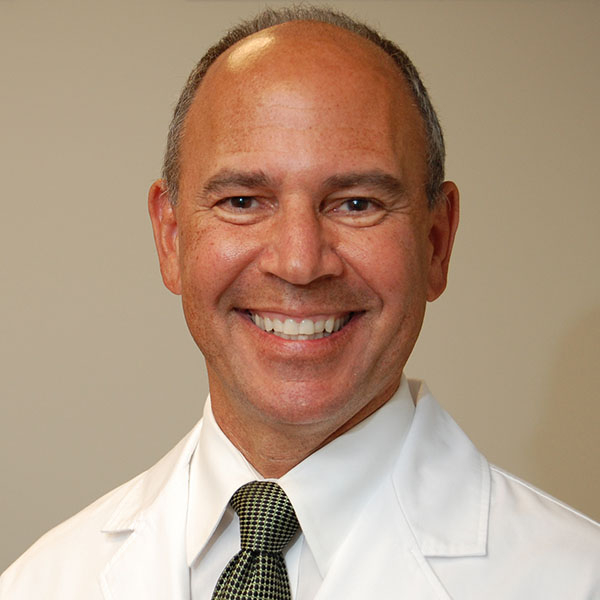
Howard E. LeWine, MD, Chief Medical Editor, Harvard Health Publishing
Dr. Howard LeWine is a practicing internist at Brigham and Women’s Hospital in Boston, Chief Medical Editor at Harvard Health Publishing, and editor in chief of Harvard Men’s Health Watch. See Full Bio View all posts by Howard E. LeWine, MD

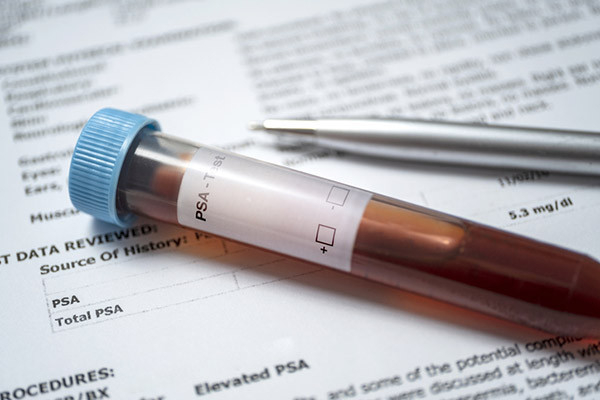


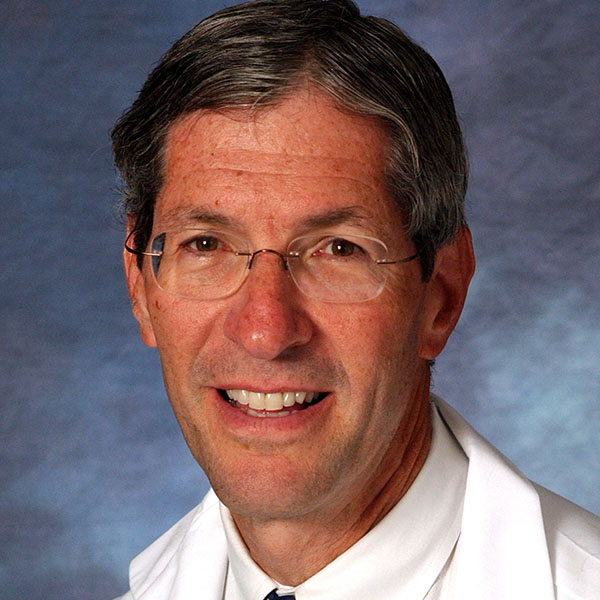
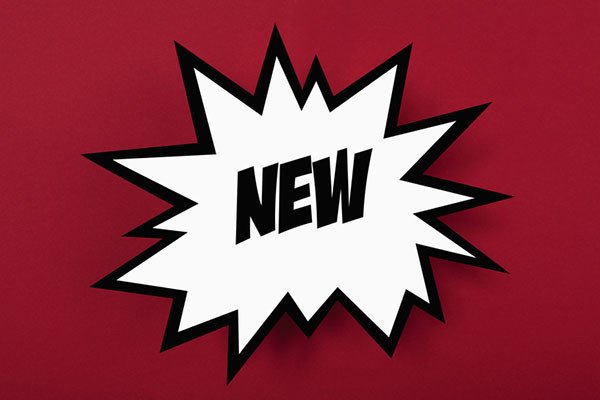








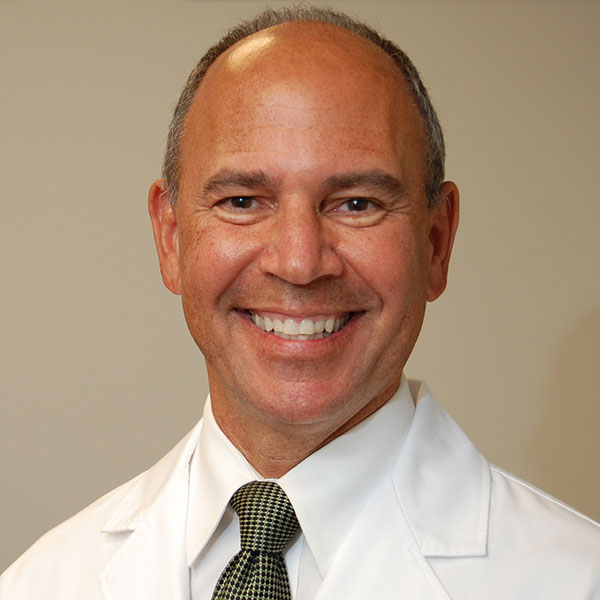
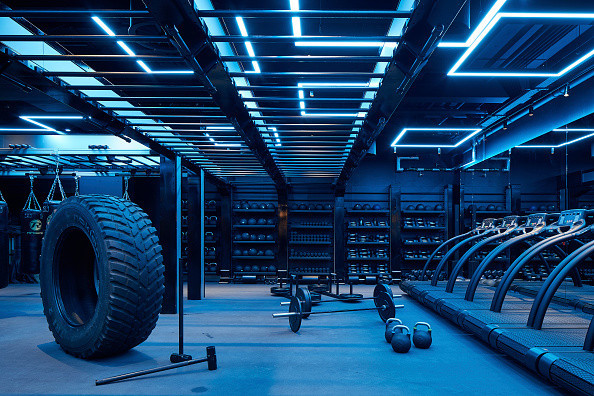









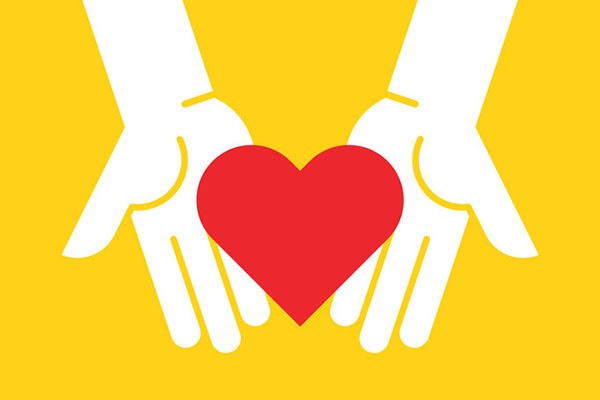


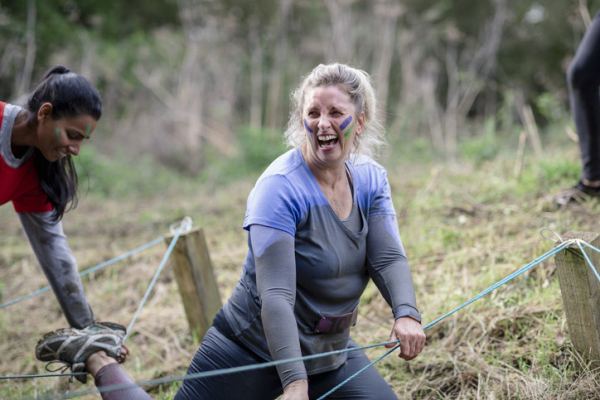
 Remember childhood summers when you climbed monkey bars, swung from ropes, and jumped over streams? Rain just added to the fun, leaving you soaked and muddy.
Remember childhood summers when you climbed monkey bars, swung from ropes, and jumped over streams? Rain just added to the fun, leaving you soaked and muddy.
